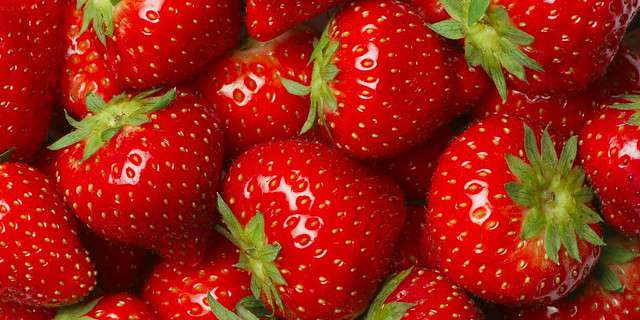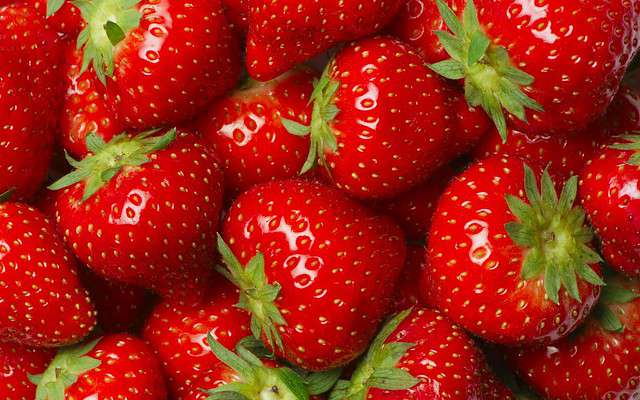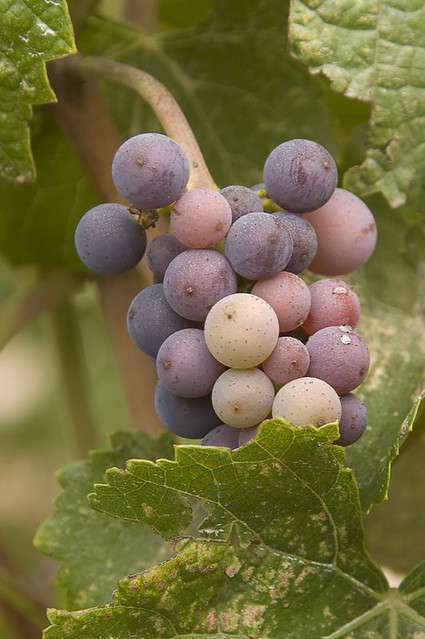
Determining ripeness of a fruit through color is usually the first factor that consumers consider when purchasing fresh produce. Color says a lot about a product, and measuring color as it is seen by the human eye is necessary to create consistency from field, to warehouse, to produce aisle. Color classification of both pre- and post- harvest fruits using spectrophotometric analysis can provide valuable information that fruit producers can use to speed up processing and increase quality and consumer satisfaction.

Color is the first factor consumers consider when selecting fresh produce. Image Source: Flickr user USDAgov
The ability to measure specific attributes of ripeness through color classification can dictate appropriate ripening and storage conditions, which allow fruit producers to ship products that will peak in ripeness at the optimal time. These qualities are essential for maximizing shelf-life and increasing sales.


